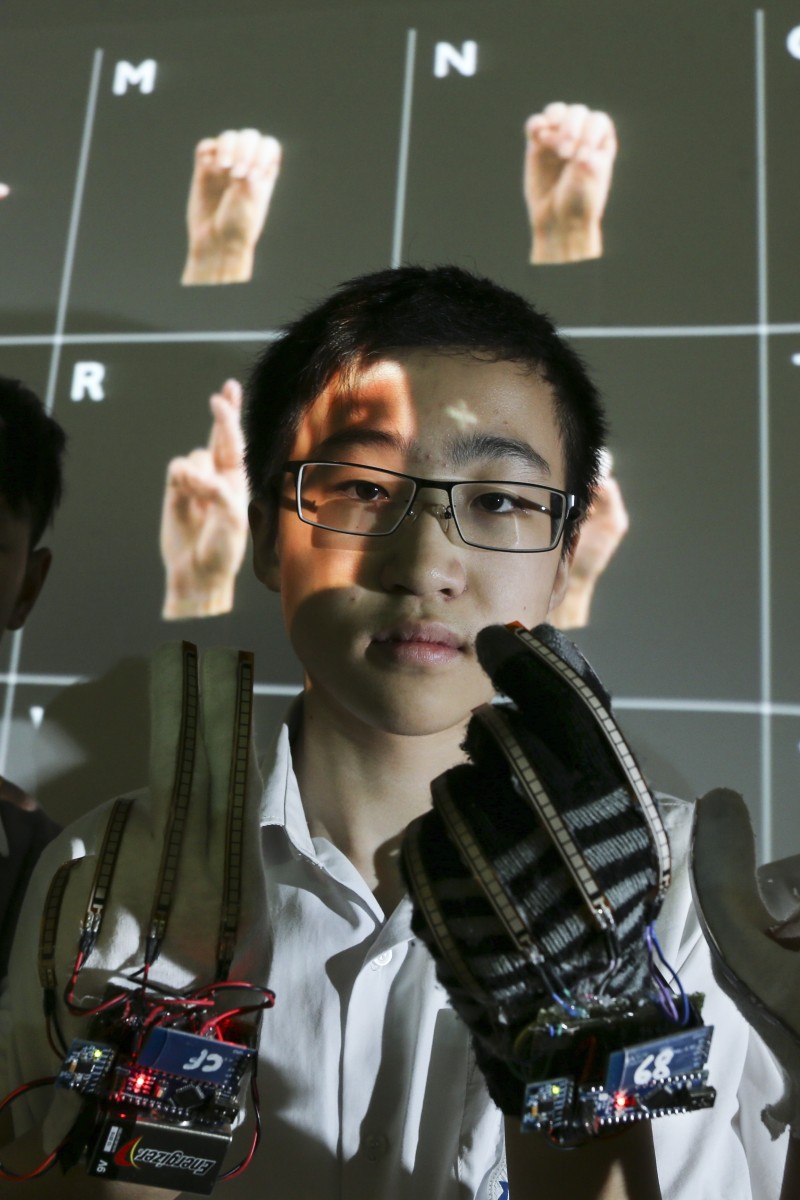
Check out this sign language-translation glove that gives mutes a voice everyone can 'hear'
Published:
Listen to this article
Imagine a device which translates hand gestures into spoken word. we meet three Hong Kong students who are changing the way users of sign language communicate
Young Wang |
Published:
Sign up for the YP Teachers Newsletter
Get updates for teachers sent directly to your inbox
By registering, you agree to our T&C and Privacy Policy
Sign up for YP Weekly
Get updates sent directly to your inbox
By registering, you agree to our T&C and Privacy Policy